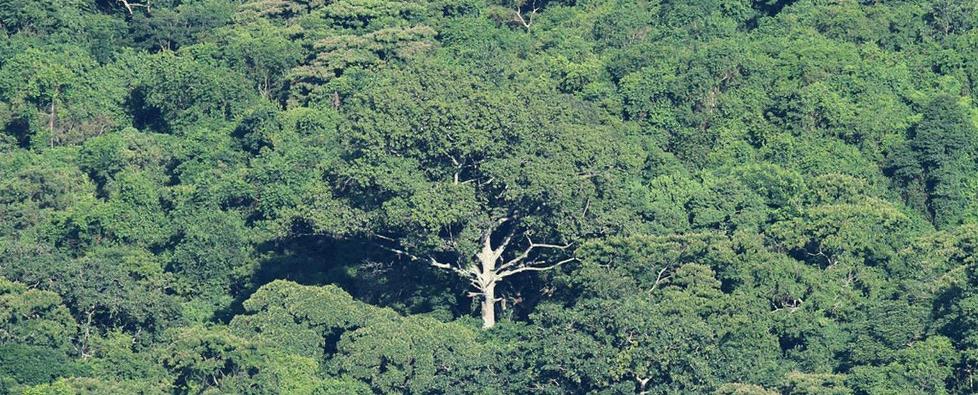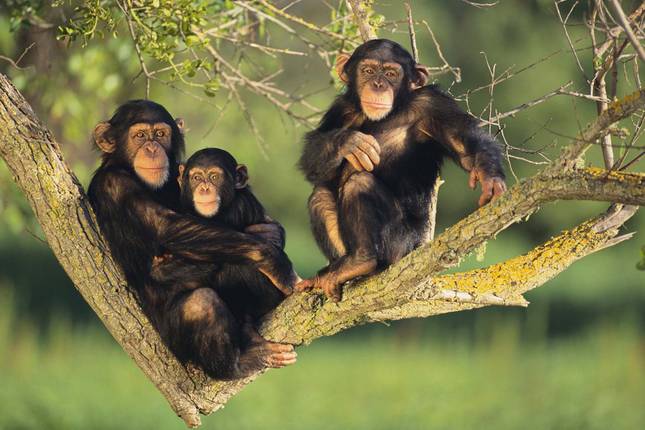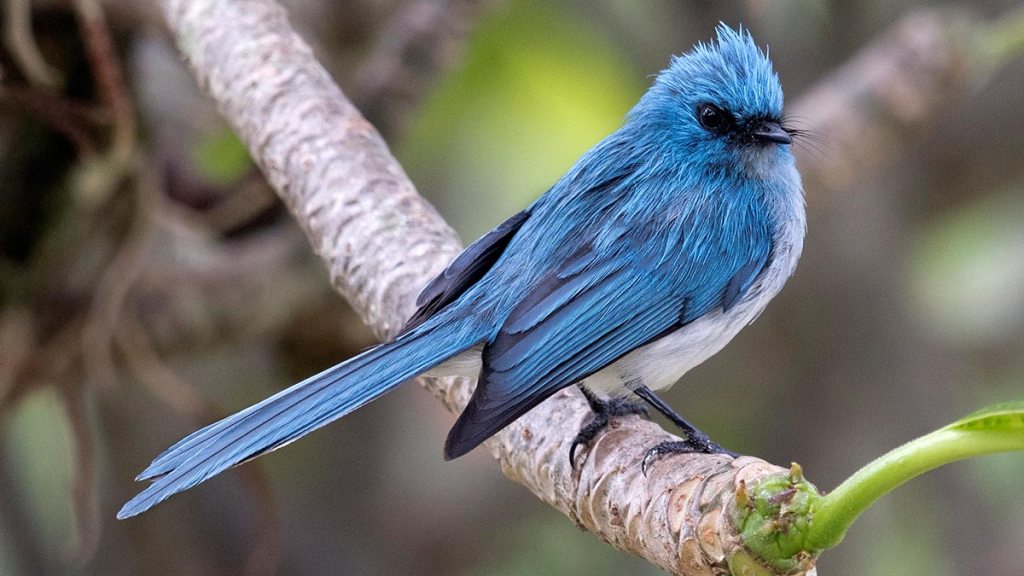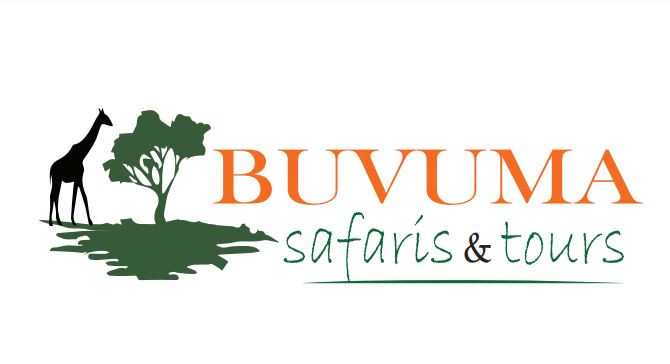Kibale Forest National Park
Kibale Forest national park is one of the most appealing and extremely varied tropical forest in Uganda, the forest is a habitat to forest wildlife including an outstanding population of 13 primate species with the biggest population of chimpanzee in East Africa.

Kibale Forest national park’s northern and central regions along the high Fort Portal Plateau are mainly covered by forests, the highest peak of the park is found at the extreme north and stands at 1,590 meters above the sea level.
Kibale Forest national park’s northern region is also the wettest region receiving average annual rainfall of 1700mm most especially from March to May and from September to November. The park experiences generally favorable climatic conditions with an average annual temperature between 14 and 27 degrees Celsius. The temperatures are at their peak with least rainfall in the south regions where the landscape drops into the scorching rift valley floor and the forest disappears into open grassland.
Kibale Forest national park is one of the most rewarding destinations in Uganda, the park is situated in the Kibale-Fort Portal region which is one of the most beautiful places to explore in the country and is found near the tranquil Ndali – Kasenda Crater Area.
Kibale Forest national park’s southern region borders Queen Elizabeth national park, these two areas form a 18 kilometers migration corridor used by wild animals extending from Ishasha, a remote area in the Southern part of Queen Elizabeth national park up to Sebitoli Forest within Northern Kibale.
From Kibale Forest national park, it is just a half day’s game drive to Queen Elizabeth national park, Toro – Semuliki Wildlife Reserve and Semuliki National park
GETTING TO KIBALE FOREST NATIONAL PARK
Kibale Forest national park is found in western Uganda, about 26 kilometers southeast of the town of Fort Portal. To get to the park’s main hub for tourism activities – The Kanyanch River Camp, there are two ways that can used from Kampala.
- From North, through Mubende and Fort Port
- From the South via Mbarara and Kamwenge
The northern route is shorter and faster with a tarmac 300 kilometers road running up to Fort Portal then a 36 kilometers murram road to Kanyanchu.
Another Tourism center in Kibale Forest national park is the Sebitoli Forest Camp, the center is easily accessed from Fort Portal and is found directly along the Kampala road, just 16 kilometers before Fort Portal.

Flora & fauna
Flora
Kibale Forest national park has differing altitude supporting a number of habitats ranging from the moist evergreen tropical forest on the Fort – Portal Plateau, the dry (semi – deciduous) tropical forest to the woodland and savannah on the floor of the rift valley.
In the central region of the park close to Kanyanchu, there is a high forest with a combination of deciduous and evergreen tree which are the dominant species. The trees raise to more than 55 meters with a display of a semi – closed shelter of stratified tree rows, the under bush is thin with shade herbs, shrubs plus a diversity of ferns and broad leaved grasses.
Within Kibale Forest national park, there are 351 species of trees that have been recorded.
Wildlife (Fauna)
Kibale Forest national park hosts the greatest population of primates in Africa with 13 species and the highest population of chimpanzees in Uganda and East Africa, other primates inhabiting in Kibale Forest include L’ Hoest’s monkeys, the endangered red colobus monkeys, blue monkeys, black & white colobus, potto, blue monkey, bush baby, grey cheeked mangabey, olive baboon and red tailed monkey.

In additional to primates, there are mammals including forest elephants, buffaloes, leopards, bush pigs and duiker though they are hard to see. There are also reptiles, amphibians and various vivid butterflies.
Birdlife
Kibale Forest national park hosts 325 bird species including 6 endemics to the Albertine Rift Area that are the red faced woodland warbler, black-capped apalios, purple-breasted sunbird, blue-headed sunbird, dusky crimson-wing as well as the collared apalis.
Other Kibale specials include the African pitta, the crowned eagle, green breasted pitta, Abyssinian ground-thrush, black bee-eater, blue-breasted kingfisher, yellow spotted nector, brown chested alethe, yellow rumped tinker bird, black-eared ground thrush, and little greenbul among others.

Visit the Local People
Along the borders of Kibale Forest national park, there are communities of the Bakiga and the Batoro who are the indigenous people of the area and have pride in their cultural heritage of Toro Kingdom – one of the old kingdoms of the Great Lakes Region of Africa. The Toro Kingdom is headed by The Omukama (King) who is exemplify the traditional and cultural values of the Batoro people together with the Kingdom at large. The Bakiga people also continue to preserve their traditions and culture which is expressed in their language, fork lore and dances.
Kibale Forest national park plays a major roles in the daily lives of the native people who a enjoy a number of benefits from it, the forest offers these people with customary forest products such as wild coffee, medicinal herbs, food, fuel-wood and building materials.
Activities in and around Kibale Forest National Park
Chimpanzee tracking
Chimpanzee tracking is the main safari activity in Kibale Forest National Park, this activity starts from Kanyanchu Visitor Center with briefing about the rules and regulations to follow. Chimpanzee tracking is offered in two sessions that is morning 08:00 am and 15:00 pm with each session taking approximately 2 to 3 hours, as you trek through the forests of Kibale you will be able to see other primates such as Black & White colobus monlkeys, red tailed monkeys and gray-cheeked mangabeys and many bird species.
Visitors are grouped into 6 people per group and when you find the chimpanzees, you are allowed to stay in their presence for one hour. If you are planning to go for chimpanzee tracking, it is important to book earlier most especially during the peak season.
Chimpanzee Habituation Experience

Chimpanzee Habituation experience offers visitors enough time to spend with the chimpanzees, this experience lasts for a full day and the visitors accompany researchers and habituators. Visitors get a chance to get a deeper insight on how the chimpanzees get used to the presence of humans without changing their natural behavior, see chimpanzee de-nesting (getting out of their night-time nests) between 05:30 and 06:30 am, follow them throughout the day and see them creating brand new- nests in which they retire for that night at about 07:00 am.
Forest Hiking
Forest hiking is an amazing Uganda safari activity done in Kibale Forest national park, this activity is done on a 12 kilometers trail and is only limited to dry months from Mid- November to February and June to September.
During this guided hike/walk, you will go through the various habitats in the park that is grassland, riverine forest, tropical rainforest and swamps and you will get an opportunity to see several bird species and forest animals such as primates, duikers and bushbucks.
Forest hikes/walks start at 08:00 from the Kanyanchu Visitor Center and finishes at the Elephant Wallow at around 14:00, visitors should carry enough water to drink and energy giving snacks.
Children’s Activities
Kibale Forest national park offers children activities for visitors below the age of 12 years old who are not allowed to participate in chimpanzee tracking, there is short education forest walks lasting for about 1 – 2 hours for the children.
Creative activities and games such as batik making, pond dipping, painting and cyanotype are offered to children.
Visiting the Bigodi Wetland Sanctuary
Bigodi Wetland Sanctuary is located just on the outskirts of Kibale Forest national park within Magombe Swamp, the wetland is a home to a diversity of wildlife including primates such as chimpanzees, red – tailed monkeys, red colobus and black and white colobus and mammals such as Sitatunga, bushbucks and Mongoose. There are also over 138 bird species that can be visited from the viewing platforms during the guided walks.
Accommodation in Kibale Forest National park
In Kibale Forest national park there is a wide range of accommodation options ranging from budget, midrange and luxury. These accommodation options are situated inside in the park and long its borders. These accommodations include
- Kibale Primate Lodge
- Chimpanzee Forest Lodge
- Chimpundu Lodge
- Kibale Forest Camp
- Aramaga Rift Valley Lodge
- Chimp Nest Lodge
- Chimpanzee Forest Guest House
- Dutchess Hotel and Restaurant
- Isunga Lodge
- Kibale Guest Cottages.

